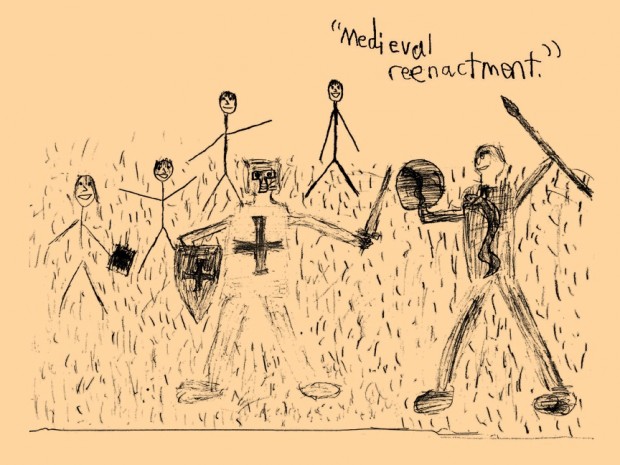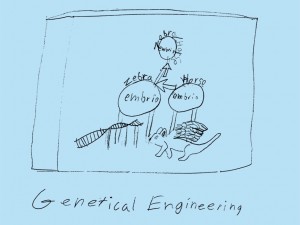
Unpredictable, inconsistent, and designed to be wildly relevant for learners, their engagement, and their development.
Sandy Speicher leads IDEO’s Design for Learning domain, which brings human-centered thinking to systemic challenges in education. Her work helps educators use design tools and methods to work in new ways, to prepare for future challenges, and to transform their organizations and communities.
By Sandy Speicher
Some children will be reading in comfortable chairs. Some will be digging into a scientific research question by conducting readings on a nearby pond. Some will be working on computers refining their skills in math while others are sequencing DNA. Some will be collaborating around a design challenge with new friends across the globe. One group will reenact a battle from medieval times, while others are learning on site, at jobs. Building, making, imagining, interacting, investigating, reflecting, connecting, shaping, participating. There will be challenge. There will be high expectations. And there will be tons of variation. With all of its possibility, the school day of the future will be one thing: it will be designed.
Elliot Eisner, one of my favorite education professors, often asked the question, “If aliens landed on our planet and walked into our schools, what would they think the school is meant for?” We’d brainstorm: Learning to sit in rows? Learning to get up and move en masse at the sound of a bell? Learning to stay in place for 40-minute increments? Learning to override your bodily functions? Learning to answer the questions that the person standing in front of the room already knows the answer to? It’s hard not to realize that a school, upon pure observation, looks like a training ground for behavioral management.
In the end, it’s not that much different than the design of most of our industrial work environments – time, constraints, structures, tasks, a consistent and organized system. It’s what we adults tend to design without really thinking.



